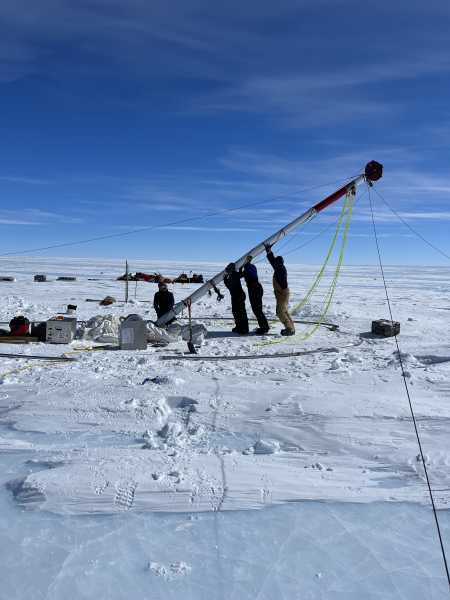
A panoramic view of the Constantiaberg Mountains near Cape Town in South Africa. A new study suggests the country has been steadily rising between 2012 and 2020 due to drought conditions. (Image credit: David Silverman via Getty Images)
Drought and water shortages caused sea levels in South Africa to rise by an average of 6 millimetres (0.2 inches) between 2012 and 2020, according to a new study.
Scientists have developed an innovative model to estimate this land rise and associated water loss using global positioning system (GPS) data. In South Africa, they found that patterns of land rise correlate with droughts and seasonal changes between dry and wet periods. The researchers suggest that the GPS-based model could help identify signs of drought in the future.
Scientists have known about South Africa's rise for more than a decade. Initially, some assumed that the rise was caused by the mantle, which contains hot rock that lies beneath the country. A mantle plume forms when hot material from deep within the mantle rises and pushes against the lithosphere (the crust and upper mantle), causing the land above it to rise.
You may like
Sourse: www.livescience.com





